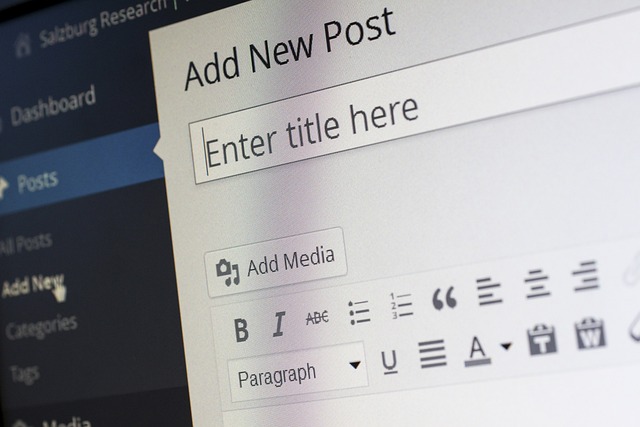In the age of remote work, leveraging artificial intelligence (AI) has become a game-changer for enhancing collaboration among virtual teams. With the right AI tools for remote work collaboration, businesses can streamline communication, optimize workflows, and boost overall productivity. Whether it’s through AI-powered productivity tools for remote teams, AI chatbots for team communication, or virtual collaboration tools, technology is revolutionizing how distributed teams operate. Here’s a detailed guide on how to use AI to enhance remote work collaboration effectively.
AI Tools for Communication in Remote Work
Effective communication is essential for remote teams to function cohesively. AI tools are helping bridge communication gaps by making interactions clearer, faster, and more inclusive.
Real-Time Language Translation
Language barriers can hinder collaboration in international teams. AI tools like Google Translate, Microsoft Translator, and DeepL have made real-time language translation effortless. These tools ensure that team members can communicate effectively, regardless of their native languages.
Moreover, advanced AI systems provide integrated translation within popular platforms like Zoom and Slack. These integrations enable seamless communication during virtual meetings or written exchanges, fostering inclusivity and collaboration. For businesses working with clients or partners from different linguistic backgrounds, this is a must-have feature.
Sentiment Analysis in Chats
AI doesn’t just facilitate communication; it also helps leaders gauge the emotional tone of conversations. Tools like Slack AI or specific sentiment analysis platforms can evaluate chat messages to understand the overall mood of the team.
For example, if messages indicate frustration or stress, managers can step in to address concerns promptly. This insight enables leaders to create a supportive work environment and improve team dynamics, even when working remotely.
AI for Project Management in Remote Teams
Project management in a remote setup requires more than just task assignment; it demands seamless coordination, prioritization, and progress tracking. AI-powered tools streamline this process.
Task Prioritization and Assignment
AI tools such as Asana, Trello, and ClickUp use algorithms to help teams prioritize tasks effectively. By analyzing deadlines, dependencies, and workloads, these tools provide suggestions for task assignments that align with each team member’s expertise.
For instance, AI can automatically assign high-priority tasks to employees with relevant skills while distributing lighter workloads to those nearing capacity. This not only improves efficiency but also prevents burnout. Predictive analytics can also forecast delays, helping managers take corrective action in advance.
Workflow Automation
AI is revolutionizing workflows by automating routine and repetitive tasks. Tools like Jira and Monday.com can send reminders, update task statuses, and even generate reports automatically. This automation reduces human error and saves time, allowing team members to focus on strategic objectives.
Additionally, workflow automation ensures consistency in processes. For example, when a task is completed, AI can notify relevant stakeholders, assign follow-up actions, and update project dashboards without manual intervention.
Virtual Collaboration Tools with AI
Virtual collaboration tools equipped with AI capabilities are making it easier for teams to work together in real-time, regardless of physical location.
AI-Powered Video Conferencing
Platforms like Zoom and Microsoft Teams are leading the way in AI-powered video conferencing. Features like live transcription, automatic note-taking, and background noise suppression enhance the quality of virtual meetings.
These tools also provide smart meeting summaries, ensuring that absent team members can catch up quickly. AI scheduling assistants help determine the best meeting times across multiple time zones, minimizing scheduling conflicts.
Shared Virtual Workspaces
Interactive tools like Miro and Figma enable remote teams to collaborate visually. These platforms use AI to enhance brainstorming and design sessions by offering predictive suggestions and templates based on team inputs.
For example, if your team is designing a website, AI can recommend layouts, color palettes, and even UX elements. These tools also track changes in real-time, ensuring every team member stays informed.
AI for Productivity and Performance Tracking
Maintaining productivity and tracking performance in remote teams can be challenging. AI tools simplify this process by offering real-time data and actionable insights.
Performance Analytics
AI platforms like ActivTrak and Time Doctor monitor how employees spend their time, providing detailed insights into productivity trends. These tools can identify inefficiencies, such as excessive time spent on non-essential tasks, and offer suggestions for improvement.
Additionally, AI can detect patterns that indicate burnout, such as extended work hours without breaks. This data empowers managers to make informed decisions about workload distribution and employee well-being.
Smart Document Management
AI has transformed how remote teams manage documents. Tools like Google Drive and Microsoft OneDrive use AI to organize files, suggest documents based on past usage patterns, and even assist in editing.
For example, AI-powered writing assistants like Grammarly or Microsoft Editor ensure that documents are polished and professional. This not only saves time but also improves the quality of shared work.
Conclusion
Artificial intelligence is reshaping remote work, providing tools and technologies that make virtual collaboration not only possible but also highly effective. From AI-powered productivity tools for remote teams to virtual collaboration tools with AI, businesses can achieve seamless communication, smarter project management, and enhanced team performance. Embracing AI for remote work optimization ensures that teams stay connected, productive, and motivated, no matter where they are in the world. By leveraging these innovations, organizations can thrive in the new era of distributed work.






